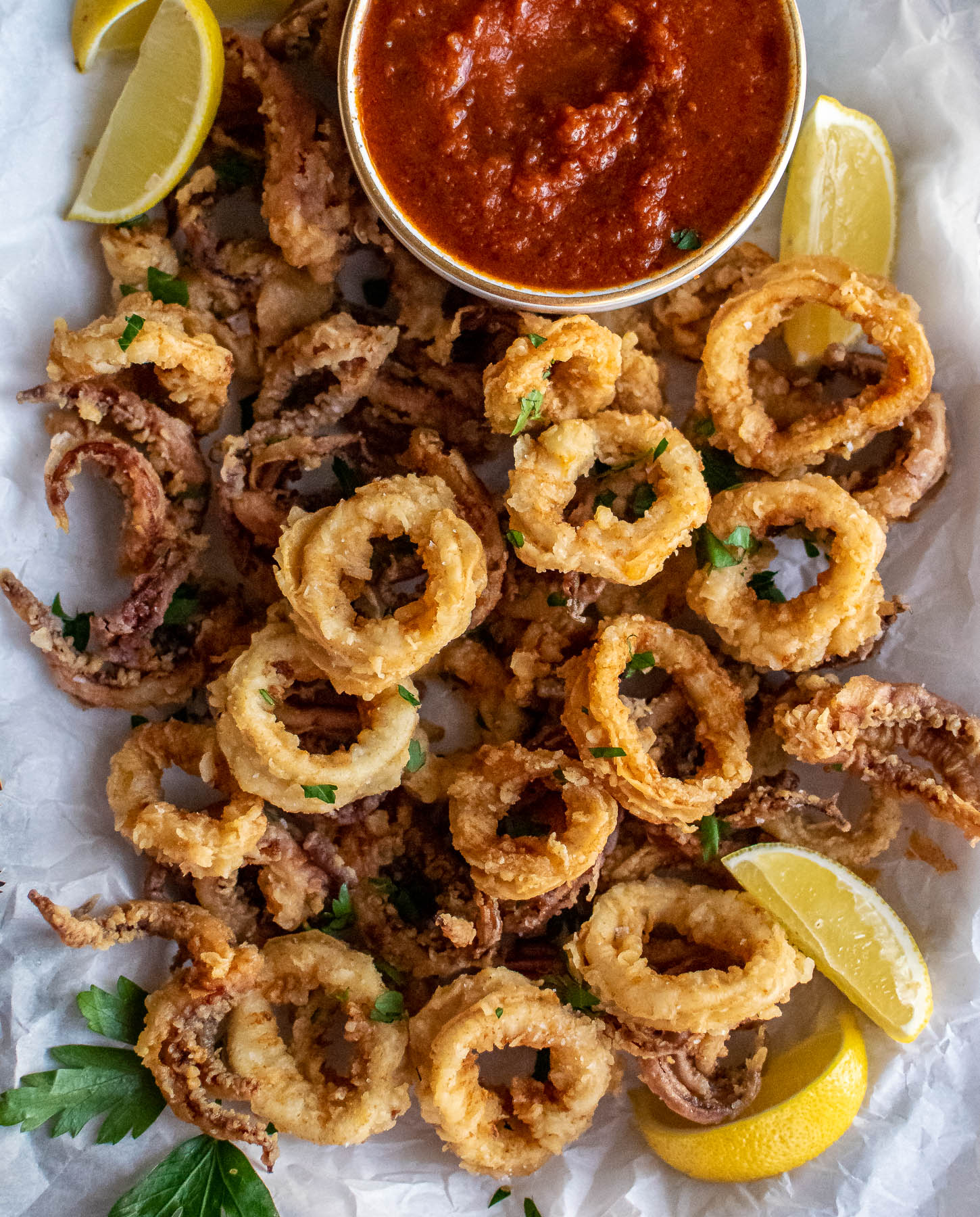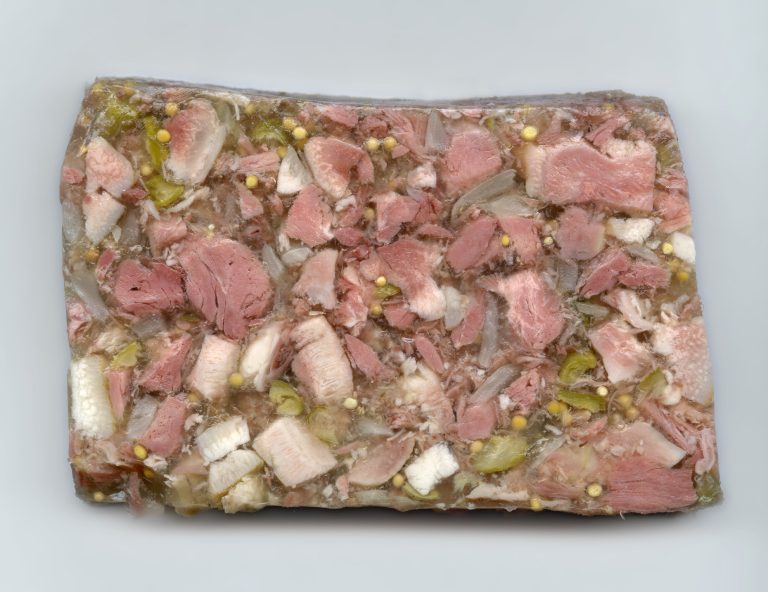Calamari: Nutritional Benefits, Buying Tips, and Safe Storage Guide
Calamari, derived from the Italian word “calamaro,” refers to culinary dishes prepared using squid. Primarily served as an appetizer or main course, calamari is popular in Mediterranean cuisine and has found a global audience. Ancient historians trace calamari back to Greek and Roman times, where it held significance as a dietary staple. Fresh squid, essential for preparing calamari, is usually caught from coastal waters and markets can provide both whole and pre-cleaned varieties. Squid offers tender, delicate meat when properly cooked, making it suitable for various dishes, such as fried calamari rings and grilled squid steaks.
Popular Misconceptions
Several myths surround calamari. Commonly, people presume that calamari is always fried, yet it can be grilled, sautéed, or stewed in sauces. Another misconception is that calamari is inherently chewy. Chewiness happens only if overcooked, as cooking squid requires precision. Freshness also becomes a pivotal factor; older squid tends to be tougher. Moreover, many mistakenly believe that calamari is unhealthy due to its association with fried preparations. However, calamari is low in fat and rich in protein, vitamins, and minerals, which makes it a nutritious choice when prepared with healthier cooking methods.
Nutritional Benefits of Calamari
Key Nutrients and Vitamins
Calamari is rich in essential nutrients and vitamins. A 100-gram serving contains about 15.6 grams of protein, supporting muscle repair and growth. Key vitamins include B12, crucial for energy production and brain function, and vitamin E, which protects cells from oxidative stress. It also provides significant amounts of minerals like selenium, which boosts your immune system, and phosphorus, essential for healthy bones and teeth.
Health Benefits Linked to Calamari
Eating calamari supports heart health due to its omega-3 fatty acid content, which reduces inflammation. Low in fat yet high in protein, it aids in weight management and muscle maintenance. The presence of antioxidants from vitamin E and selenium enhances your body’s defense against free radicals. Additionally, the zinc in calamari promotes better immune function, while copper helps with red blood cell formation.
Cooking Calamari: Best Practices
Choosing the Right Type
Select fresh or high-quality frozen calamari to ensure the best results. Look for clean, white flesh without any fishy odor. Choose rings or whole bodies, based on your intended dishes. If fresh, cook within a day or two; if frozen, thaw properly before use.
Tips for Perfect Cooking
Use high heat when cooking calamari to prevent a rubbery texture. Cook for a short time, between 2-3 minutes, to maintain tenderness. For frying, coat calamari in seasoned flour or breadcrumbs. Use oil at 350°F, frying in batches to avoid overcrowding. For grilling, marinate briefly and cook on a preheated grill for the same duration. Remember, overcooking quickly leads to toughness.
Popular Calamari Recipes Around the World
Italian Style Calamari
Italian-style calamari’s distinguished by its fresh, simple flavors. Commonly known as Calamari Fritti, this dish uses ring-shaped slices of calamari, coated with a light batter, and deep-fried until golden. Serve it hot, with a side of marinara sauce for dipping, to enjoy its crisp texture. Alternatively, Calamari Alla Griglia presents another fantastic option. Marinate calamari in olive oil, lemon juice, garlic, and parsley, then grill for a few minutes on each side. This method highlights the tender, succulent qualities of the seafood. Both dishes often feature in popular Italian coastal cuisine, showcasing calamari’s versatility.
Asian-Inspired Dishes
Asian-inspired calamari recipes leverage bold flavors and diverse ingredients. Salt and Pepper Calamari, originating from Chinese cuisine, involves lightly battered calamari pieces, deep-fried until crispy. Toss them with stir-fried garlic, red chilis, and scallions, and garnish with ground Sichuan peppercorns for a spicy kick.
For a Japanese twist, try Ika Maruyaki, where the calamari’s marinated in a mixture of soy sauce, mirin, and sake. Grill it whole, then slice it into rings to serve with ginger and wasabi. Similarly, in Thai cuisine, you’ll find Pla Muek Phat – stir-fried calamari with garlic, Thai basil, and chili paste, delivering a combination of heat and aromatic herbs. These dishes demonstrate the adaptability of calamari to various Asian culinary traditions.
Purchasing and Storage Tips
Where to Buy Fresh Calamari
Select reputable seafood markets or fishmongers to buy fresh calamari. These specialized vendors often offer higher quality and fresher options than general grocery stores. When buying calamari, look for a clean, oceanic smell and firm flesh. The skin should appear glossy and free of discoloration. For convenience, some online seafood retailers also provide fresh calamari shipped directly to your door. Select a seller with good reviews and a reliable delivery service.
Storing Calamari for Freshness
Store calamari in the coldest part of your refrigerator, preferably between 32°F and 38°F. If you plan to consume it within two days, keep it in its original packaging and place it on a bed of ice in a container. For longer storage, freeze calamari by placing it in airtight, moisture-resistant containers or vacuum-sealed bags to maintain quality for up to three months. Thaw frozen calamari in the refrigerator overnight to ensure it stays safe to consume. Always check for signs of spoilage, such as an off smell or slimy texture, before cooking.
Conclusion
Understanding calamari’s nutritional benefits and knowing how to select and store it properly can enhance your culinary experience and support your health. By choosing fresh, high-quality calamari and following safe storage practices, you ensure that every meal is both delicious and nutritious. Whether you’re a seasoned chef or a home cook, incorporating calamari into your diet can offer a delightful and healthful addition to your menu.






